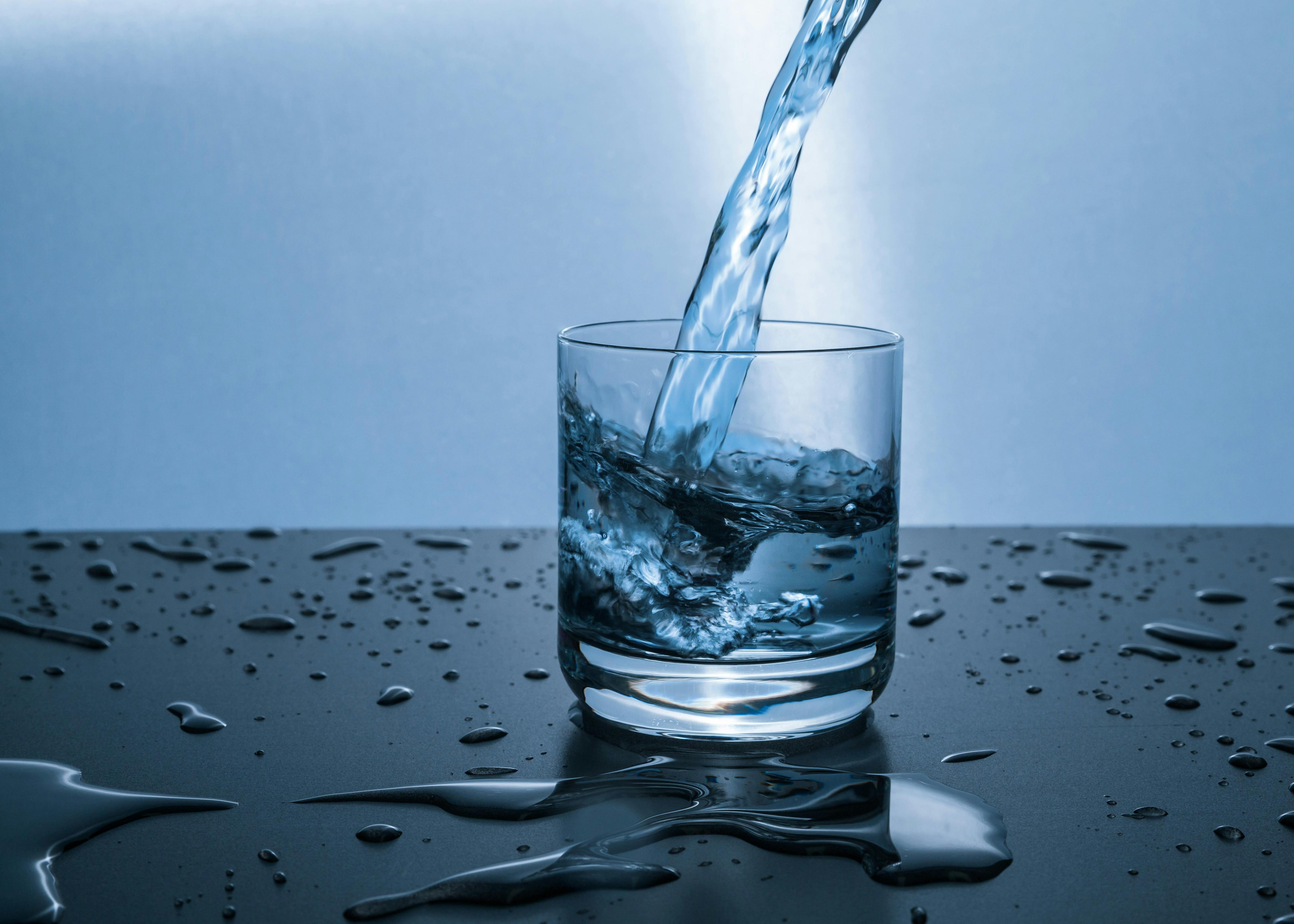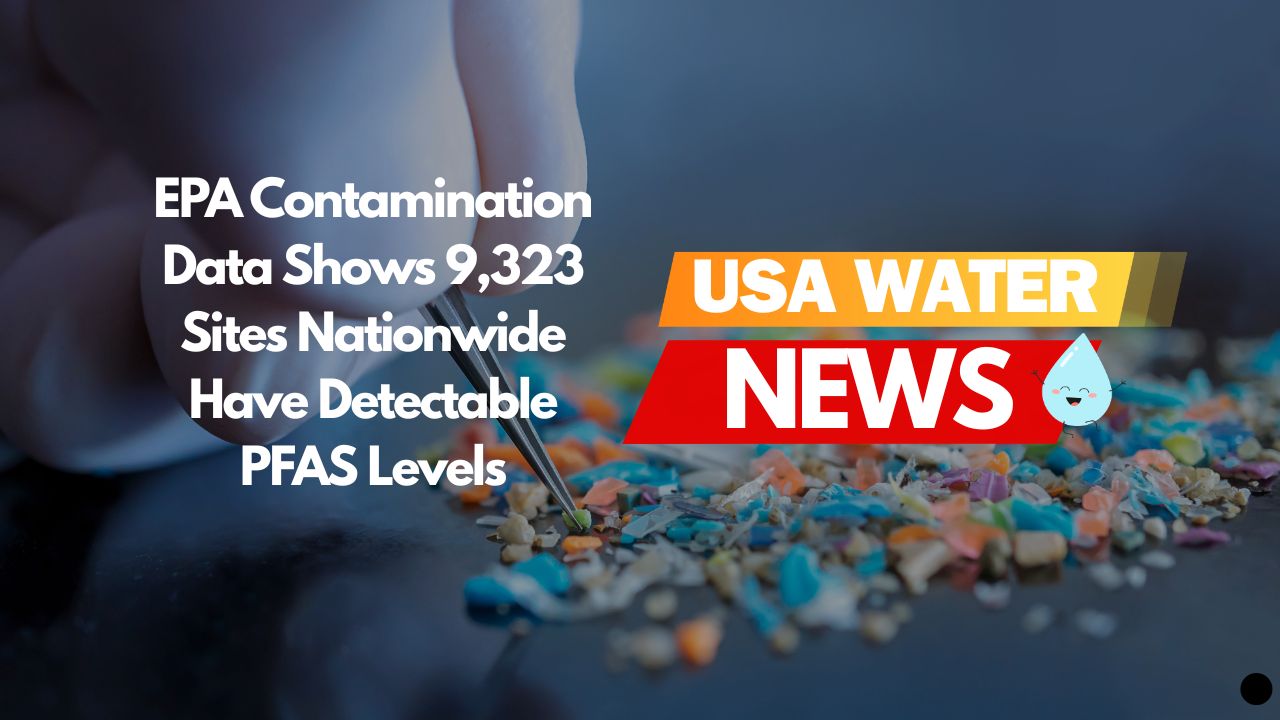If you’ve been wondering whether your tap water is safe to drink, here’s what you need to know about the EPA’s latest findings. The agency just released new data showing that 9,323 sites across the country have detectable levels of toxic “forever chemicals” called PFAS. This affects approximately 165 million Americans who may be drinking contaminated water every day.
What This Means for You
Bottom Line: Your drinking water could contain harmful chemicals that never break down in your body or the environment.
The EPA’s June 2025 data update shows that nearly 3,000 additional sites tested positive for PFAS contamination. This brings the total number of confirmed contaminated locations to 9,323 across all 50 states.
Here’s what affects you directly:
- Your family’s exposure: If you live near any of these sites, your drinking water may contain chemicals linked to cancer, liver problems, and immune system damage
- Timeline: The testing is ongoing through 2025, so more contaminated sites will likely be discovered
- Your protection: Current federal standards only regulate 6 out of thousands of PFAS chemicals
This data comes from the EPA’s required testing of water systems under something called UCMR-5. About 75% of the expected test results are now complete.
Key Details You Should Know
What the numbers really mean:
- 9,323 sites have detectable PFAS levels
- 165 million people potentially affected
- Testing covers 29 different PFAS chemicals
- Results show contamination in every state
What makes this serious:
- PFAS chemicals never break down naturally
- They build up in your body over time
- Scientists call them “forever chemicals” for this reason
- Even tiny amounts can cause health problems
The testing process: Water systems serving more than 3,300 people must test their water. The EPA also selected 800 smaller systems for testing. Results get reported quarterly, so we’re still learning the full scope of contamination.
Background: Why This Is Happening Now
PFAS chemicals have been used in everyday products since the 1940s. You’ll find them in:
- Nonstick cookware
- Waterproof clothing
- Food packaging
- Firefighting foam used at airports and military bases
For decades, companies discharged these chemicals into the environment with little oversight. The EPA has known about health risks for years but only recently started requiring comprehensive testing.
The current testing program requires water utilities to check for 29 specific PFAS chemicals. Previous testing only looked for a handful of these substances.
What You Can Do Right Now
Check your water:
- Contact your water utility and ask for recent PFAS test results
- Look up your area on the EPA’s contamination map
- Request a copy of your water quality report
Protect your family:
- Consider installing a water filter certified to remove PFAS
- Reverse osmosis and activated carbon filters work best
- Look for NSF certification when choosing filters
Stay informed:
- The EPA releases new test results every three months
- More contaminated sites will likely be discovered through 2025
- Keep track of updates from your local water utility
💡 Take Action Now:
- Call your water company: Ask for PFAS test results
- Test your water: Consider home testing if you have a private well
- Consider filtration: Research certified PFAS removal systems
What Happens Next
Federal action: The EPA finalized drinking water standards for six PFAS chemicals in 2024. However, the current administration has signaled it may roll back standards for four of these chemicals, keeping regulations only for the two most studied ones (PFOA and PFOS).
Timeline for compliance:
- Water systems must complete initial monitoring by 2027
- Compliance deadline was extended from 2029 to 2031
- Systems exceeding limits must install treatment or find new water sources
Ongoing testing: The EPA will continue releasing quarterly updates through 2026. Experts expect the total number of contaminated sites to keep growing as more testing is completed.
State-level action: Many states are developing their own PFAS regulations that may be stricter than federal standards. Check what your state is doing about PFAS contamination.
The EPA has allocated $9 billion from federal infrastructure funding specifically to help communities address PFAS contamination. This includes money for treatment systems and technical assistance.
Bottom Line
The scale of PFAS contamination in American drinking water is larger than previously known. With 9,323 confirmed contaminated sites affecting 165 million people, this represents one of the most widespread water quality challenges our country faces.
While the numbers are concerning, you’re not powerless. Understanding your water quality, exploring filtration options, and staying informed about local developments can help protect your family’s health.
The key is taking action rather than waiting for perfect solutions. As testing continues through 2025, we’ll learn more about the full scope of contamination, but you can start protecting yourself today.
Check our Water reports HERE to find out your water quality
Sources: Environmental Protection Agency UCMR-5 data (June 2025), Environmental Working Group PFAS contamination map
Last Updated: June 26, 2025
Check your water now!
We have translated and compiled water reports on every state in the US, and covered over 100 cities. Find out how good your water is today!

Please read – our information
The information presented on cleanairandwater.net is compiled from official water quality reports, trusted news sources, government websites, and public health resources. While we strive for accuracy and thoroughness in our presentations, we are not scientists, engineers, or qualified water quality professionals.
Our mission is to present water quality information in an accessible, real-world format that helps people understand what’s in their water and make informed decisions about their health and safety. We believe that complex environmental information should be available to everyone in a format that’s easy to understand.
We make every effort to ensure our content is current and accurate, but we cannot guarantee that all information is complete or error-free. This website should not replace official communications from your local water utility or health department. We always recommend consulting official sources for the most up-to-date information regarding your specific water system.
Clean Air and Water is not liable for any unintentional errors, omissions, or outdated information. The content on this site is provided for informational purposes only and should not be considered professional advice.

